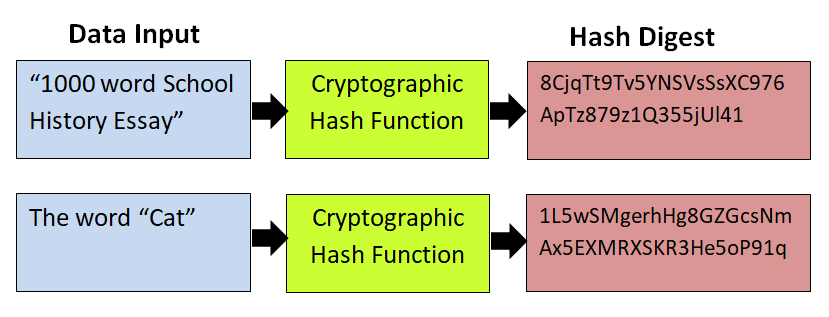
PMF delivers a protection against forging management frames, e.g. Protected Management Frames (PMF)Īll Enhanced Open devices need to use PMF, so it is activated implicitly as soon as the user connects to an Enhanced Open SSID. CCMP-128 is the default encryption method of WPA2 and WPA3, so nothing new or fancy is added for this new encryption method. Open Connection Flow Chart Cryptographic ConsistencyĮnhanced Open requires the AES CCMP-128 encryption method, with an 128 bit key, and does not allow any old and broken methods like TKIP or even WEP. So after the “Association Response” frame from the AP to the client, data frames are exchanged without any encryption. In contrast to a connection establishment for WPA2 or WPA3, no EAP 4-way-handshake is used as no key is required and ergo no encryption of data frames is possible. The following graph shows only three types of frames, which are all unencrypted: Authentication, Association and Data. Changes to Open Open Connection Establishmentīefore the details of Enhanced Open are explained, we should take a look at the current connection establishment of an open network. Now, let’s dig into the details of Enhanced Open to see the benefits and shortfalls. Enhanced Open is a separate feature in the security program focused solely on open networks. Please note: From a Wi-Fi Alliance point of view, Enhanced Open is not part of WPA3 and there is no such thing as WPA3-Open. It can be compared to HTTPS, where no (user) credentials are required to securely connect to a website. However, open previously meant that there is no authentication and no encryption, whereby the latter will be changed by Enhanced Open. As data is then encrypted, it is impossible to read any transferred data on such a network by just sniffing the air. This convenience is preserved with Enhanced Open. The term open networks refers to networks/SSIDs that do not require a credential (e.g.

#Wpa2 hash function update#
The discipline that combines all this and more is coding theory.Besides “Wi-Fi Protected Access” version 3 (WPA3) there has also been an update to open networks by the Wi-Fi Alliance in 2018. pre-image resistances) that don't matter with checksums. Each usages of hashes also imply a number of properties (e.g. processor time), so finding an answer can indicate the system spent resources to do the work-ĭepending on the usage, the hash and original data may be kept separate, unlike checksums. finding pre-images or collisions) have high resource costs (e.g. proof-of-work: some problems involving hashes (e.g.the hash of a document or message) can be encrypted instead of the document to reduce the signature size The signature is the actual detection mechanism, but the digest (sc. Allows for a much higher amount of corruption than checksums, and can be used to detect tampering (intentional changes). data integrity: detect invalid data detect (but not correct) whether data has been changed/corrupted.file IDs in P2P networks and (document or code) repositories.

#Wpa2 hash function code#
Creating a code can also be viewed as finding an efficient sphere packing.

Around each valid datapoint is a sphere of invalid points that are closest to it. Checksums generally work by spreading out valid data (in more formal terms, it maximizes the Hamming distance between strings) in the space. Numeric data can be viewed as a point in some space (sometimes called a "code space"), with each digit a coordinate. Base-64 encoding, while not a checksum or hash, is an example of an encoding that doesn't include unmodified input in its output. In most encodings, the checksum is appended to the original, but you could have a checksum function that is more hash-like, where the original data doesn't appear directly in the output.

In all uses, a checksum and data are combined so that the original data can be recovered. The difference is in usage and properties necessary for the usages.Ĭhecksums basically detect (and sometimes correct) small amounts of non-malicious, unintentional data corruption:


 0 kommentar(er)
0 kommentar(er)
